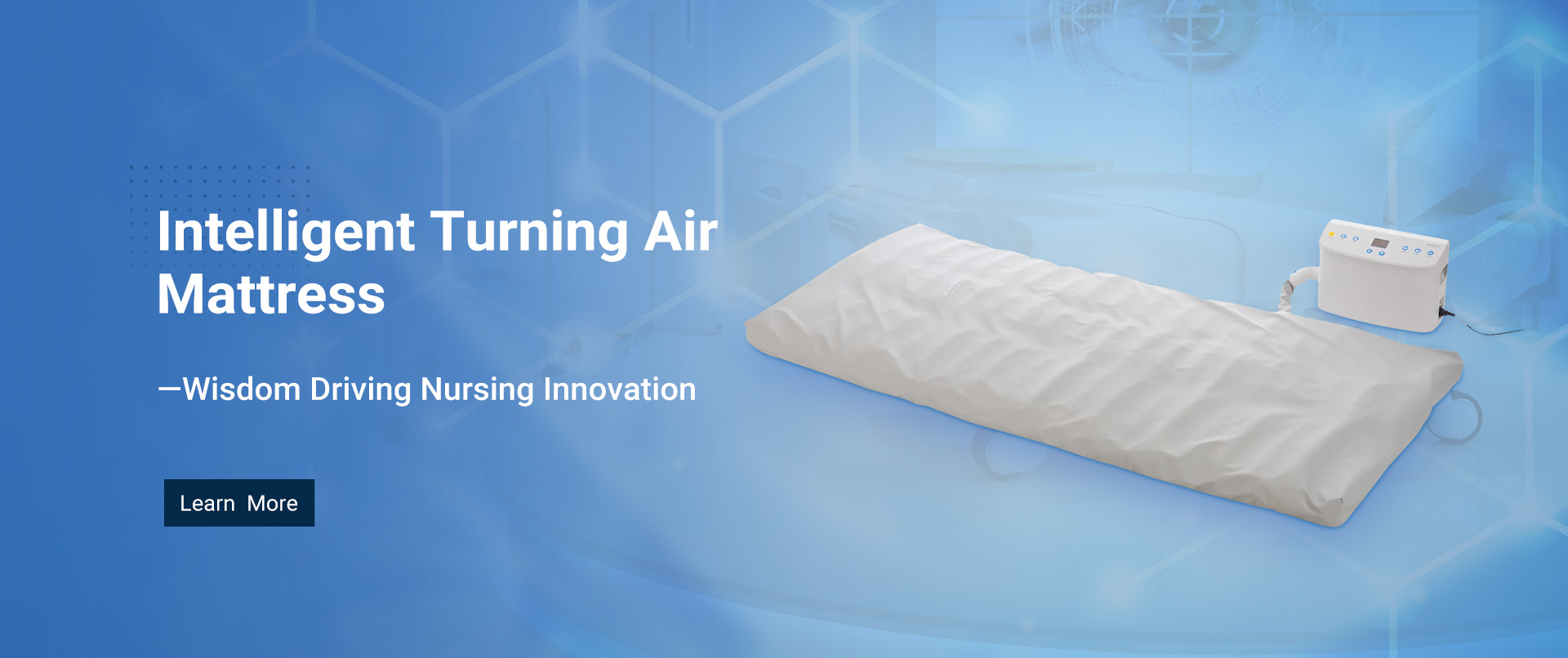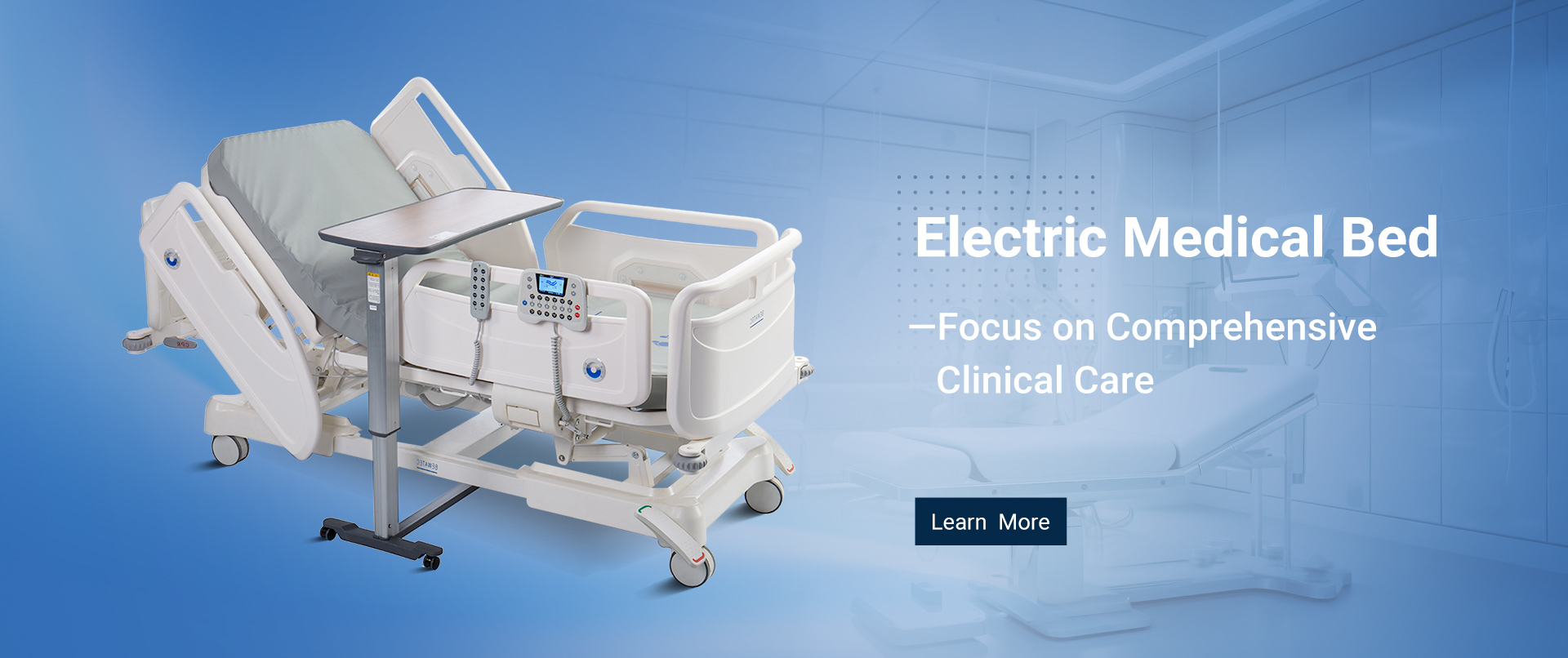In critical care environments, precision, comfort, and quick response times are vital. The Electric Medical Bed plays a crucial role in supporting these needs within Intensive Care Units (ICUs). Designed with advanced features, these beds not only enhance patient outcomes but also improve the efficiency of healthcare providers. Understanding why ICU units depend on electric beds highlights the critical importance of choosing the right equipment in high-stakes settings.
Enhanced Patient Positioning
One of the key reasons ICU units rely on an Electric Medical Bed is the need for precise and frequent patient repositioning. Patients in critical care often have limited mobility, making it essential to adjust their position without causing strain or injury. Electric adjustments allow caregivers to elevate the head, legs, or entire bed effortlessly, reducing the risk of pressure ulcers, improving circulation, and supporting respiratory function.
Improved Safety Features
Safety is paramount in ICUs, where patients often face complex and unstable health conditions. An Electric Medical Bed is equipped with multiple safety features, such as side rails, emergency CPR functions, and auto-contour settings. These features help prevent falls, facilitate emergency procedures, and ensure that patients remain secure during movement or treatment. Built-in alarms and lock-out systems further enhance safety by preventing unauthorized adjustments.
Enhanced Caregiver Efficiency
In an ICU setting, time and efficiency can make a significant difference in patient outcomes. The Electric Medical Bed streamlines many caregiving tasks. Height adjustments minimize caregiver strain during procedures like dressing changes, intubation, and wound care. Quick-access controls located on the rails or bed frame allow for immediate adjustments without disrupting the workflow, enabling staff to focus more on critical patient needs.
Better Support for Medical Equipment
Patients in ICU often require a range of medical devices, including ventilators, monitors, and intravenous therapy systems. The design of an Electric Medical Bed accommodates these requirements seamlessly. Features such as integrated accessory rails, specialized mattress platforms, and ample under-bed clearance for hoists ensure that essential medical equipment can be positioned and used efficiently without hindrance.
Promoting Patient Comfort and Psychological Well-Being
Although ICU care focuses heavily on life-saving measures, patient comfort remains a crucial aspect of recovery. An Electric Medical Bed provides smooth transitions between sitting and lying positions, helping patients feel more at ease. Adjustable settings can also help alleviate pain and anxiety, promote restful sleep, and support psychological well-being, which are important factors in healing.
Durability and Reliability
ICU environments demand equipment that performs reliably under constant use. An Electric Medical Bed is designed for durability, featuring robust frames, high-quality motors, and advanced control systems that withstand frequent adjustments and heavy loads. Regular maintenance ensures the longevity of these beds, maintaining their performance throughout continuous operation.
Conclusion
The Electric Medical Bed is an indispensable asset in ICU units, offering critical advantages in patient positioning, safety, caregiver efficiency, and equipment integration. By providing enhanced comfort and operational reliability, these beds directly contribute to better patient outcomes and smoother ICU operations. Investing in high-quality electric beds tailored for critical care needs is essential for any medical facility striving to deliver the best possible care.
For more insights and expert advice, visit our website at https://www.bwtehospitalbed.com/ to learn more about our products and solutions.
Post time: Apr-15-2025









